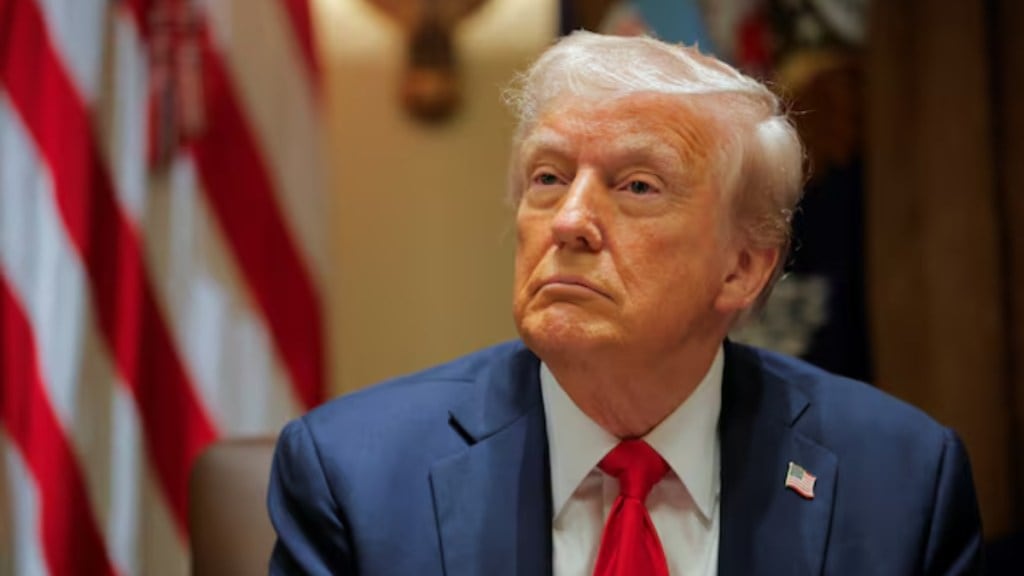US President Donald Trump‘s tariff announcements have taken the world by a storm and countries including Canada, Mexico, China, while on the edge, are simultaneously also prepared for, what could lead to a “trade war” with the US. There tariffs will impose 25% tax on Canada and Mexico, and 20% on Chinese goods. In the speech he delivered to the Congress on Tuesday, Trump also announced reciprocal tariffs against India and China from April 2.
Will Trump’s tariffs support the American dream, or dash it?
While Trump has repeatedly claimed that these tariffs will protect the interest of American industries and people, it is worth noting that higher tariffs mean higher prices. Now, items like electronics, gasoline, groceries – all of these could see a price hike which will put a financial pressure on the consumer.
Jahangir Aziz, Head of Emerging Market Economics Research at JPMorgan, told CNBC TV18 that the tariffs would increase the inflation in the US, and the Federal Reserve might have to intervene if the inflation goes beyond comfort levels.
Aziz said that higher tariffs on Canada and Mexico are more worrying because these countries have strong trade connections with the US. Unlike previous tariff hike on China, these new measures impact well-established supply chains. While businesses may have some stock to fall back on, the higher tariffs will eventually lead to higher prices for consumers, the CNBC report said.
The recent policy changes have definitely had an impact on the confidence that the world had on the US stock market. Aziz told CNBC TV 18 that when there’s uncertainty, investors tend to choose safer investments, which could make it harder for countries like India to attract foreign investment.
Fear of ‘Stagflation’
According to a CNBC report, Wall Street is worried over ‘stagflation’ as President Trump seems is set on imposing tariffs. The reports says that these tariffs are coming at the same time when there are many indicators suggesting towards a pullback in activity. Stagflation is basically a period when there is rise in inflation, unemployment and low economic growth. So in short, it’s a combination of ‘stagnation’ and ‘inflation’.
The CNBC report says that the combination of higher prices and slower economic growth is worrying consumers, business leaders, and policymakers. Investors are also concerned, as they have been selling stocks and buying bonds recently.
Quoting Mark Zandi, chief economist at Moody’s Analytics, the CNBC report said, “Inflation expectations are up. People are nervous and uncertain about growth.”
How much will Trump’s tariffs impact the US economy?
Giving an estimate, Wendong Zhang, an assistant professor at Cornell University told The Times of India that the American economy can expect a GDP loss of 0.4%, which equates to over $100 billion. Canada and Mexico could suffer much bigger losses as their economies are smaller and they rely heavily on US trade.
Retailers and manufacturers in the US especially rely on imported goods, and hence the tariffs will definitely lead to higher prices. This, in fact will be passed on to the American consumers. Even the farmers in US are at risk as China too has decided to cut back on imports of soybeans, pork, and corn.


